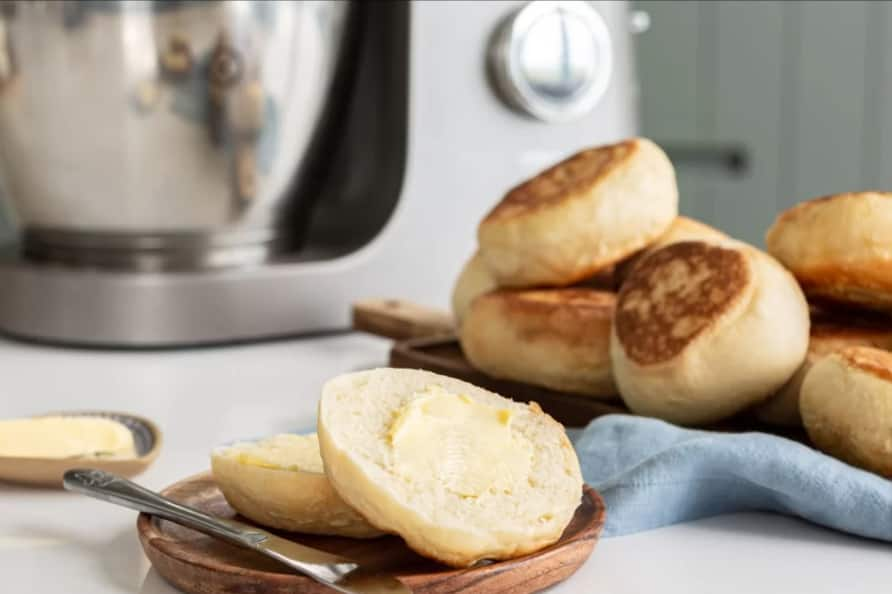

Country preference? Choose the preferred country to view local content and get a better experience.
| Serves: 7 | Chef: Patrick Ryan | Category: Pastries | Meal: Breakfast | Machine: Stand mixer | Total time (min.): 6 hours 18 |


With a beautifully flaky shell and a soft centre, Patrick’s croissants are the perfect weekend treat to share with family and friends. A labour of love, these homemade pastries are delicious slathered with jam or chocolate spread.
For the croissants:
The dough must be made the day before you intend to make the croissants, as it must be chilled overnight in the fridge.
Day one
Preparing the dough:
Day two
For the lamination:
Shaping the dough:
To cook the croissants:



